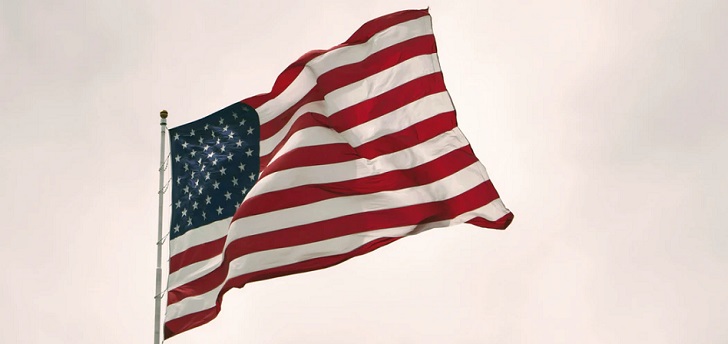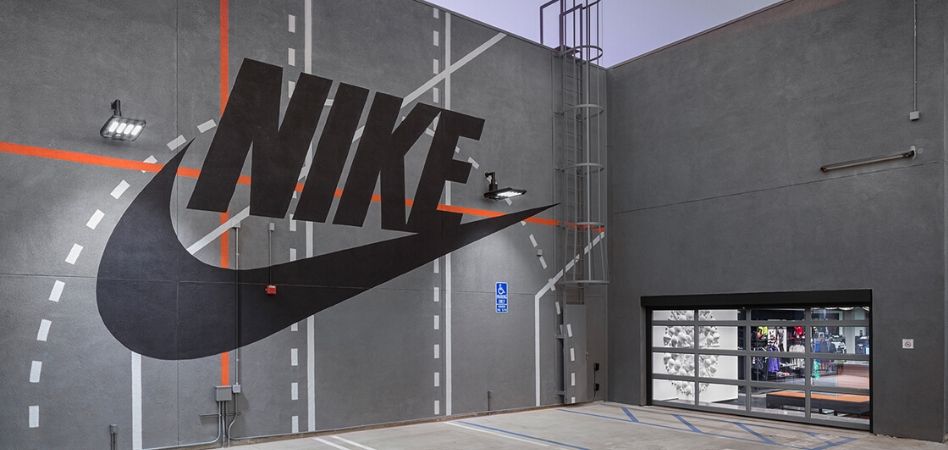 Look!
Look! The USA “great again”: fashion's share of spending hits highest level since 2014
In the second quarter, private spending on clothing and footwear grew to 62% year-on-year and 20% compared to the same period in 2019, before the pandemic.

The world’s biggest fashion market is at it again. After a pandemic year, with fewer restrictions than in European countries, fashion spending in the United States has now returned to pre-crisis levels and its share of total private consumption has increased to a seven-year high.
The recovery started already in the first quarter, when total spending on clothing and footwear grew by 19.3% year-on-year and 11.05% compared to the first quarter of 2019, according to data from the Bureau of Economic Analysis.
Just like all other markets, fashion profited from the economy re-opening as well as the promoting programs by the government. Nevertheless, the impact in clothing and footwear shopping was higher than in other activities. In fact, its share over the total spending hit its maximum since end 2016, with a 2.9% share.
In the second quarter, the fashion sector kept increasing to 62.48% compared to the second quarter of 2020 (the most affected by the pandemic) and to 2.26% compared to the same period in 2019.
The share of total private consumption raised to 3.04%, the highest since the fourth quarter of 2014 and almost one point above the minimum of 2.26% set during the worst of the health crisis.
These data are in line with the US Census Bureau’s monthly retail sales data. Sales in physical specialised fashion shops started recovering in March, already exceeding 2019 levels, and kept increasing with double-digit figures. However, these rises were lower than those of sectors that had already emerged stronger from the pandemic, such as home care and sports equipment.
The US Census Bureau information does not include online sales (which are published separately, not segregated by sector). This last one has experienced a strong growth in the last year and, for some large US fashion retailers, it already represents around 50% of their turnover.
Footwear was the one that grew the most in fashion consumption in the second quarter
By category, the bulk of fashion spending is concentrated in women’s clothing, accounting for 45.93% of total consumption in the sector. Menswear accounts for 26.52%. On the other hand, children’s clothing accounts for only 4.59% of spending in the second quarter of this year. Another 21.73% of consumption comes from footwear.
The latter is the category that has grown the most in the second quarter, compared to the same period in 2019, with a rise of 24.24%. Consumption of men’s clothing increased by 19.83%, women's clothing by 18.07% and children's clothing by 16.81%.
Fashion-related services have also begun to recover, but at a slower pace. These services, which are counted separately, include cleaning and dry-cleaning and repair and rent of clothing and footwear, but its consumption did not start to rise again in year-on-year terms until the second quarter of 2021 and its figures still remain below 2019 levels.
The second most important fashion market is also growing
China, which some studies already rank as the world's largest market for fashion in the medium term, is also showing signs of recovery. The spending per capita there increased by 21.4% to 742 yuan per person in the first half of the year.
Fashion, which accounts for 6.5% of total spending per person, was one of the fastest growing categories, only behind education, culture and recreational services, the last ones being severely restricted during the worst months of the pandemic.



